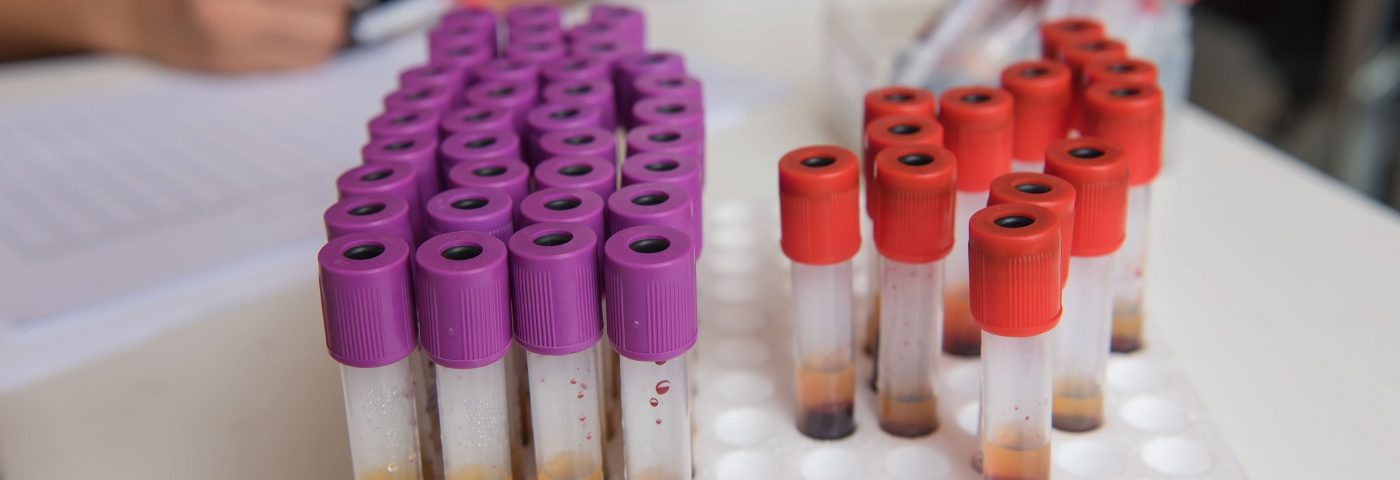Levels of procalcitonin, the precursor of the hormone calcitonin, are higher in samples of coughed-up mucus from people with bronchiectasis during episodes of acute flare-ups.
These findings suggest procalcitonin as a promising sputum biomarker that can help physicians monitor and manage patients with the disease, researchers said.
The study, “Sputum procalcitonin levels in patients admitted to hospital with acute exacerbations of bronchiectasis,” was published in the journal Health Science Reports and conducted by researchers in New Zealand and Australia.
Procalcitonin is the precursor of calcitonin, a hormone that is normally produced in response to high levels of calcium in the bloodstream to lower its concentration. Yet, since studies reported that this peptide could be used as a marker of sepsis (blood poisoning), there has been increasing interest in exploring its usefulness as a biomarker of infection.
Research exploring the utility of procalcitonin as a disease biomarker in patients with bronchiectasis reported that in most cases, its levels in the blood were low and not correlated with those of other classic inflammatory markers, such as C‐reactive protein (CRP).
However, the levels of procalcitonin in sputum (mucus expelled by coughing) could more accurately reflect “airway inflammation or persistent bacterial infection and therefore provide a better airway biomarker for bronchiectasis,” the scientists wrote.
To explore the usefulness of this potential biomarker, the researchers measured the levels of the hormone precursor in blood and sputum samples collected from 15 patients with bronchiectasis, who had been admitted to the Middlemore Hospital in New Zealand between April and December 2010 after experiencing an acute exacerbation of bronchiectasis.
In addition to procalcitonin, the investigators measured the levels of other inflammatory biomarkers in the patients’ bloodstream, including CRP and the erythrocyte sedimentation rate (ESR). The ESR is the rate at which red blood cells settle at the bottom of a test tube; faster rates may indicate the presence of inflammation.
Seven participants (47%) in the study were either former or current smokers, and most patients (87%) had abnormally high levels of CRP and ESR, indicative of inflammation.
The investigators found that the levels of procalcitonin tended to be much higher in mucus, with a median level of 2.0 nanograms per milliliter (ng/mL) — and ranged from 0.6 to 6.8 ng/mL — than in the blood (range up to 0.4 ng/mL). In 10 patients, the blood levels of procalcitonin were below the lab test’s detection threshold of 0.05 ng/mL.
Statistical analyses also found that sputum levels of procalcitonin were significantly correlated with ESR, with higher levels of procalcitonin linked to greater ESR values. In contrast, no association was found with blood CRP levels.
“The results demonstrate that patients hospitalized with an acute exacerbation of bronchiectasis have substantially higher procalcitonin levels in sputum compared with serum [blood]. In addition, sputum procalcitonin is positively associated with ESR,” the scientists wrote.
Based on these observations, they said that procalcitonin may be a valuable sputum biomarker that can assist in the evaluation and management of bronchiectasis.
However, they added that “further studies to assess the repeatability of sputum testing and how this biomarker changes following an exacerbation and in periods of stability are required.”

